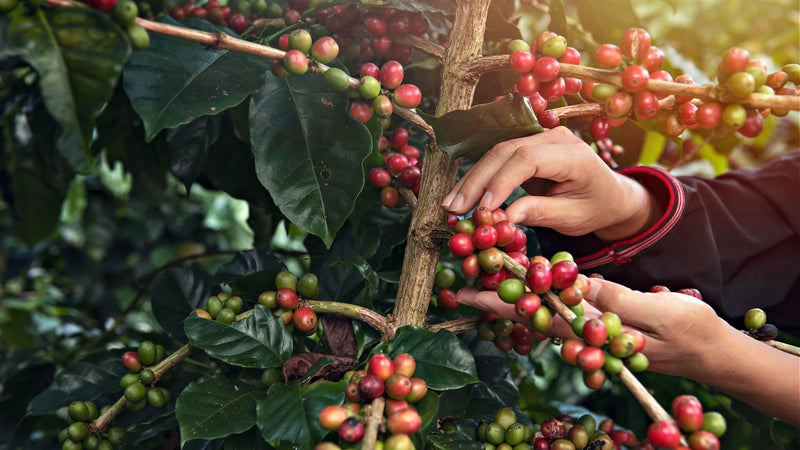
Specialty Plants Offered at TN Nursery
A DTC Brand, Since 1959
•Fast Nation-wide Shipping
•Buy 1, Get 1 Free Sale On Most Items Today
•Buy Grower Direct, Save 80% - Open To Everyone
A DTC Brand, Since 1959
•Fast Nation-wide Shipping
•Buy 1, Get 1 Free Sale On Most Items Today
•Buy Grower Direct, Save 80% - Open To Everyone
1 Year On All Plants
64 Years, 3 Generations
Grower Direct For All

Buy Grower Direct. Open To The Public
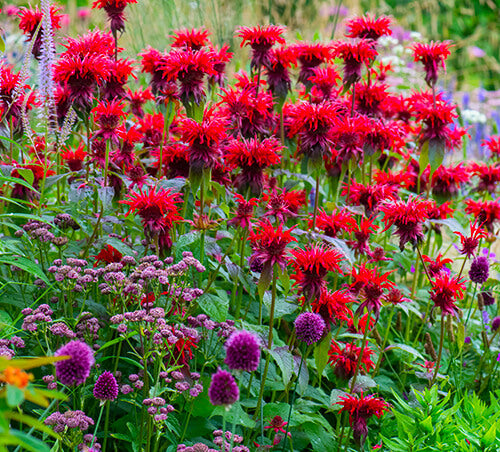
Deal Of The Day
Save 80-90% End Of Season Tree Deals Shipping Now
Brands We Serve

Discovery Channel

Washington Monument

Arlington National Cemetery

The Battery Conservancy
and many more..
Brands We Serve

History Channel

Discovery Channel

Washington Monument

Arlington National Cemetery

The Battery Conservancy
and many more...
Do you have plants for my zone?
expand_moreAbsolutely, we have seed sources for all zones and we will make sure that we send plants perfectly suited for your zone.
Do you ship to my state?
expand_moreWe ship nationwide - most of our products has a ship now or ship spring option. We ship out all orders within three days after order placement or if you choose spring, we will choose the best time for your area.
Do you offer a warranty?
expand_moreAbsolutely, we have a 100% satisfaction warranty. We guarantee your plants will grow and thrive for one full year after receiving them.
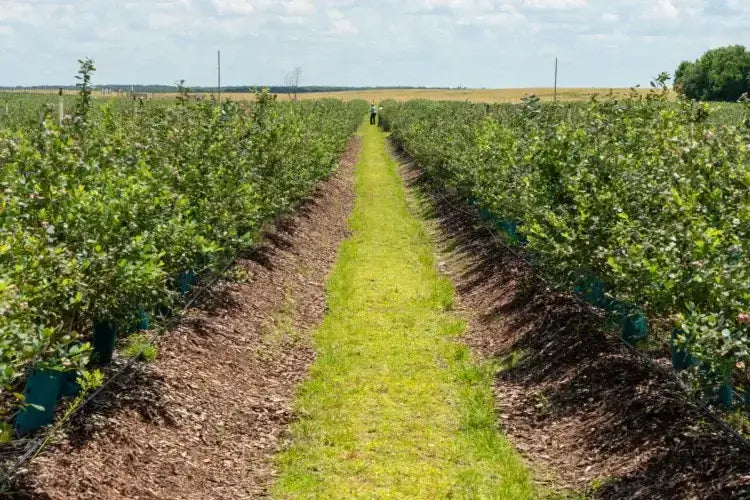
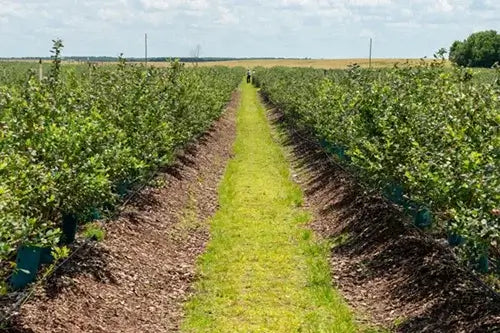
We have a wholesale website for large volume purchases over 100 plants per variety. It offers no warranty at all to homeowners like this website does. It's only open for orders $750 or more.
Our Rich Heritage & History In Plants:
The history of TN Nursery dates back to 1959, spanning three generations of knowledgeable nurserymen and women. Located in the heart of the nursery capital in middle Tennessee, TN Nursery is a family-owned and operated mail order plant nursery. Originally founded by Roscoe Tate, a respected small nurseryman with extensive connections throughout the US, TN Nursery has continued to grow and flourish. Today, it is ran by and plants still brought in by Roscoe's children and grandchildren. We run an effective business by maintaining a hands-on approach to ensure exceptional service. We take pride in our commitment to being accessible, even personally greeting customers who visit our warehouse for pickup.
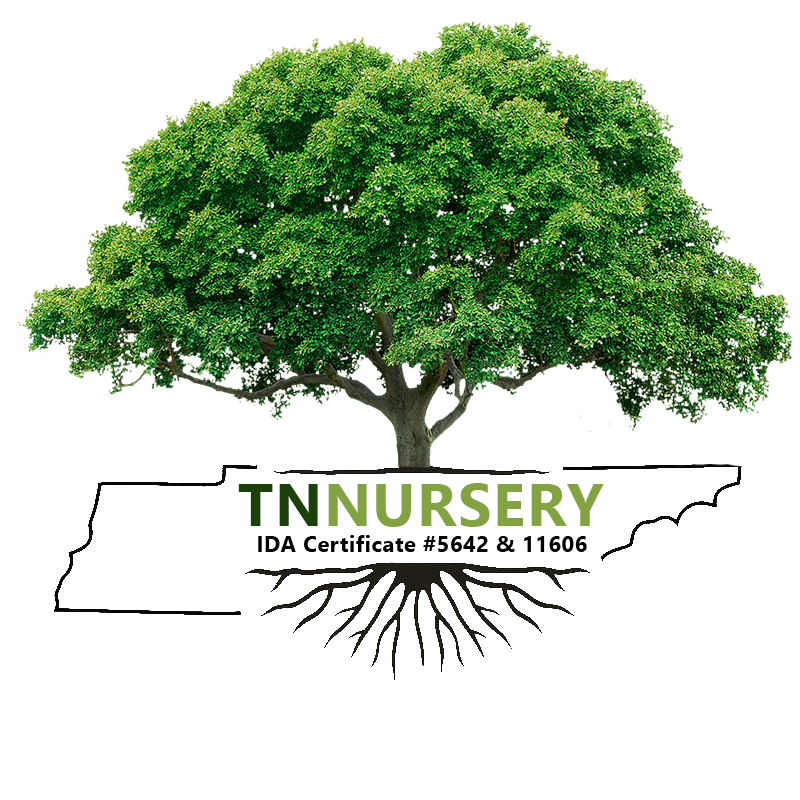 play_circle
play_circle
Follow our blog at Tn Nursery for the latest trending topics in gardening. Feel free to share our posts with others and receive special coupons as a thank you. We check our shares often and love our customer's sharing and caring.


Be the first to know about clearance sales, giveaways and plant deals